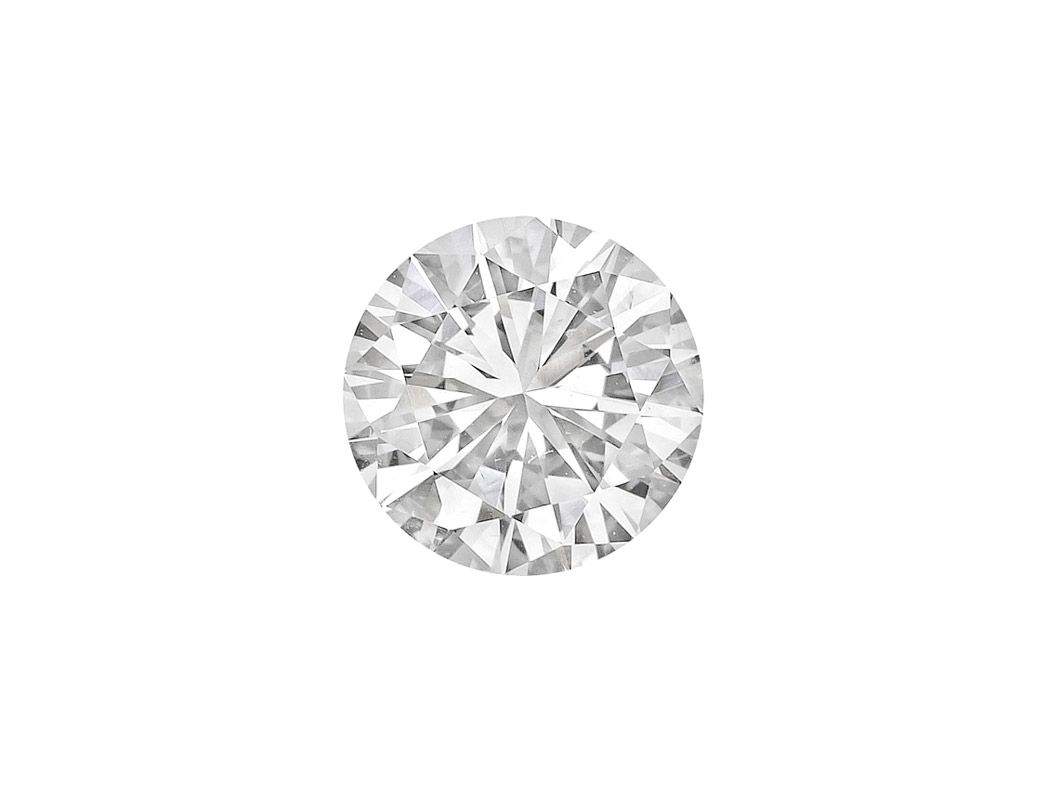Welcome back to the Diamonds Hatton Garden blog where we bring you the latest from our Hatton Garden jewellers. We are delighted to announce that our diamond workshop is now open and we are taking appointments with out clients once again. And, in a wonderful coincidence, this month is a celebration of the diamond as it is the birthstone for April. In today’s blog we share all you need to know about our favourite gemstone.
What Does The Diamond Symbolise?
Cherished and prized for centuries by cultures across the world, the sparkling and beautiful diamond is one of the world’s most sought-after and adored gemstones. Those born in April are lucky enough to call this brilliant gem, a symbol of clarity and strength, their birthstone. The word diamond derives from the Greek word adamas meaning strong, invincible or unbreakable. Indeed, diamonds are rated 10 out of 10 on the Mohs scale of mineral hardness, which characterises the scratch resistance of various minerals through the ability of a harder material to scratch a softer material. The Mohs scale of mineral hardness was created in 1812 by German geologist and mineralogist Friedrich Mohs. The diamond is an emblem of purity and perfection, of invincible spiritual power, and it is the stone of commitment, faithfulness, and promise between husband and wife. Symbol of light and brilliance; unconquerable; treasures, riches, intellectual knowledge. In addition to being the April birthstone, diamond is the gift of choice for the 60th and 75th wedding anniversaries. And, of course, today the diamond engagement ring has become a near-universal symbol of love and marriage.
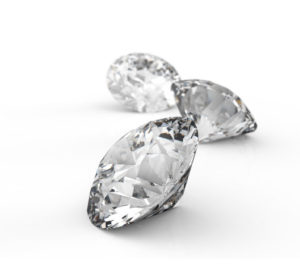
The History of Diamonds
The earliest recorded evidence for the collection of diamonds comes from India where April’s birthstones were gathered from rivers and streams. Dating back to the 4th century BC, there is evidence that diamonds were traded and coveted for their beauty and rarity. With the evolution of global trade, diamonds found their way to the courts of Europe and the medieval markets of Venice. With the advent of new production methods and the discovery of greater deposits, the mid-1400s witnessed the diamond becoming increasingly popular. The first diamond engagement ring on record was given by Archduke Maximillian of Austria to his betrothed, Mary of Burgundy, in 1477. Throughout the centuries, diamonds continued to be highly sought after as the European elite, royalty and the well to do demanded these precious gemstones for their jewellery. It wasn’t until the 20th century that the diamond became increasingly mainstream and accessible to the masses. The famous “diamonds are forever” engagement ring marketing campaign by De Beers, new technologies in mining, and greater yield enabled more people to purchase the stones and cement their place within the wedding industry becoming the de rigeur centrestone.
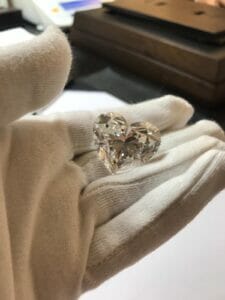
Where Are Diamond Found?
The birthstone for April is now mined around the world. By the early 2000s, South Africa had been joined by other African nations as major producers of rough diamonds. These include the Democratic Republic of the Congo (previously known as Zaire) and Botswana. The former Soviet Union opened its first major mine in 1960, and Russia is now one of the top producers by both volume and value. Diamond mining expanded dramatically with the opening of the Argyle mine in Australia in 1983 and the discovery of several diamond deposits in northern Canada in the 1990s.
Diamond mining in Russia’s eastern Siberia reads like an adventure novel. The setting: tundra, frigid temperatures and short days. The props: jet engines and explosives used to heat and soften the ice covering the kimberlite pipes – vertical, carrot-shaped masses of igneous rock that can be a primary source for diamonds. The storyline: In 2013, Alrosa, Russia’s main diamond mining company, estimated that there were 970 million carats still waiting to be found in the frozen tundra.
Diamonds in Botswana (where we are sight holders) lie in the typically hot, semi-arid eastern region of the country. These prolific mines have brought a boom to the economy, creating a growing middle class. The country is also a diamond hub, where approximately 40 per cent of the world’s supply of rough diamonds are sorted and valued.
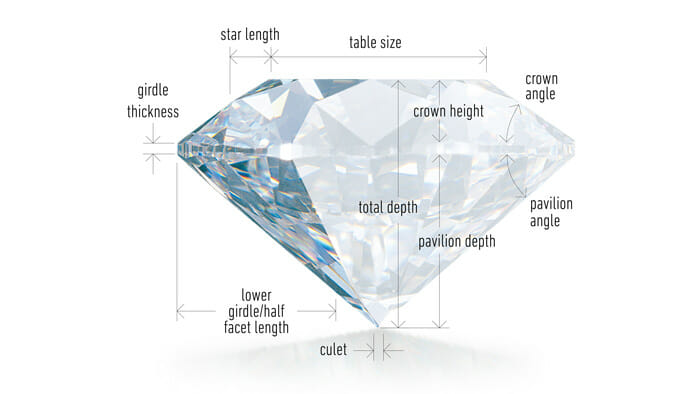
Now that we are open, book your appointment with our team via info@diamondshg.co.uk or call +44 7951 060238 and we are delighted to help you with our range of diamond engagement rings, diamond tennis bracelets and beautiful bespoke diamond jewellery.
